Market Share
Low Carbon Hydrogen Market Share Analysis
In the rapidly evolving Low Carbon Hydrogen market, companies deploy various strategies to establish and solidify their market share positioning. A fundamental approach is differentiation, where companies strive to distinguish their low carbon hydrogen production methods from competitors by offering unique technological solutions, enhanced efficiency, or utilizing renewable energy sources in the hydrogen production process. This might involve innovations in electrolysis techniques, integration of carbon capture and storage, or the use of green hydrogen produced through renewable energy. Through differentiation, companies attract investors and buyers seeking environmentally friendly and sustainable low carbon hydrogen, enabling them to secure a distinctive market share within the Low Carbon Hydrogen industry.
Cost leadership is another prevalent strategy in this market, where companies aim to become the low-cost providers of low carbon hydrogen. This involves optimizing production processes, sourcing low-cost renewable energy, and implementing cost-effective carbon capture technologies. Cost leadership is effective in appealing to industries and governments looking for economically viable low carbon hydrogen solutions to meet their sustainability goals. However, maintaining high environmental standards, minimizing carbon footprint, and adhering to regulatory requirements are crucial to ensure the sustainability and market acceptance of low carbon hydrogen in this cost-driven strategy.
Market segmentation is widely adopted in the Low Carbon Hydrogen industry. Companies analyze the diverse needs of their customer base, including industries such as transportation, manufacturing, and energy, and develop specialized low carbon hydrogen solutions tailored for specific market segments. For instance, they might focus on providing green hydrogen for fuel cells in transportation or blue hydrogen with carbon capture for industrial applications. By addressing the unique requirements of each segment, companies can establish a robust presence within different markets, contributing to an overall enhanced market share.
Strategic partnerships and collaborations play a pivotal role in the Low Carbon Hydrogen market. Companies often form alliances with energy companies, technology providers, or governments to strengthen their capabilities, enhance brand visibility, and address infrastructure challenges. Collaborative efforts can lead to shared resources, access to new technologies, and the development of sustainable low carbon hydrogen production and distribution networks. Through strategic partnerships, companies can navigate industry challenges more effectively, ultimately contributing to a more secure market share position.
Innovation stands as a cornerstone strategy in the Low Carbon Hydrogen market, driven by the continual pursuit of improved production methods, efficiency, and environmental sustainability. Companies invest in research and development to introduce hydrogen production technologies that reduce carbon emissions, enhance overall efficiency, and lower production costs. Innovations in advanced electrolysis, green hydrogen production from renewable sources, and breakthroughs in carbon capture contribute to staying competitive and attracting investors and buyers seeking cutting-edge low carbon hydrogen solutions. By being at the forefront of innovation, companies position themselves as leaders in the Low Carbon Hydrogen market, securing a significant market share.
Customer-centric strategies are gaining prominence as companies recognize the importance of providing exceptional stakeholder experiences. This involves transparent communication about the environmental impact of their low carbon hydrogen, engagement with local communities, and collaboration with end-users. Exceptional corporate responsibility contributes to stakeholder satisfaction and loyalty, encouraging investors, buyers, and the public to choose a particular company for their low carbon hydrogen needs. By focusing on building strong relationships with stakeholders, companies can solidify their market share and maintain a competitive edge in the Low Carbon Hydrogen industry.


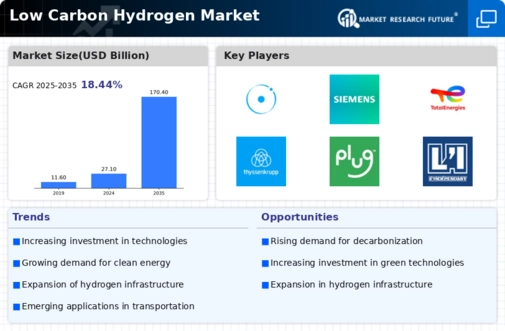
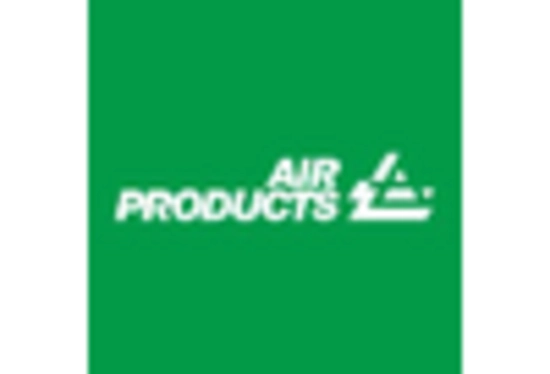

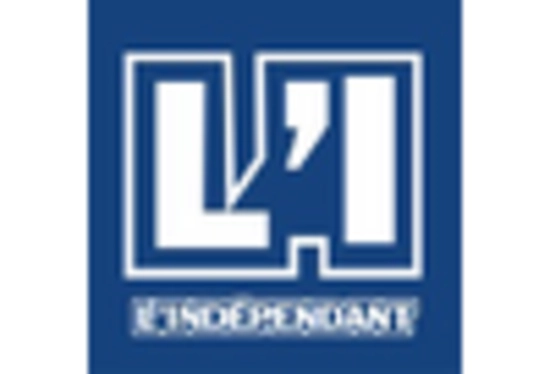
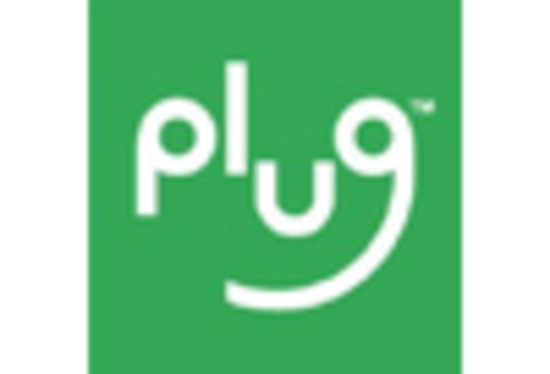
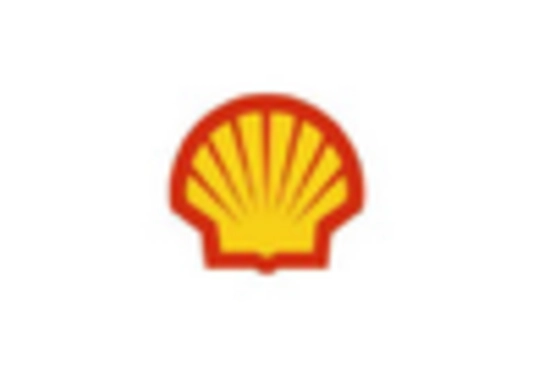
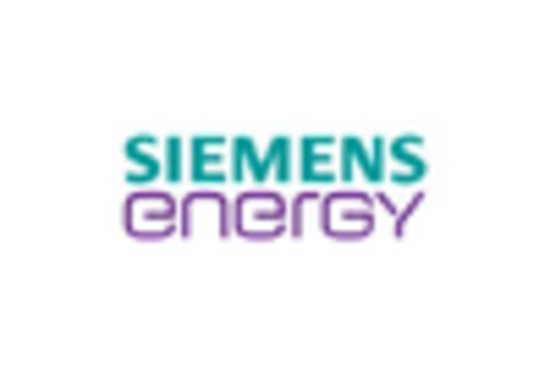









Leave a Comment